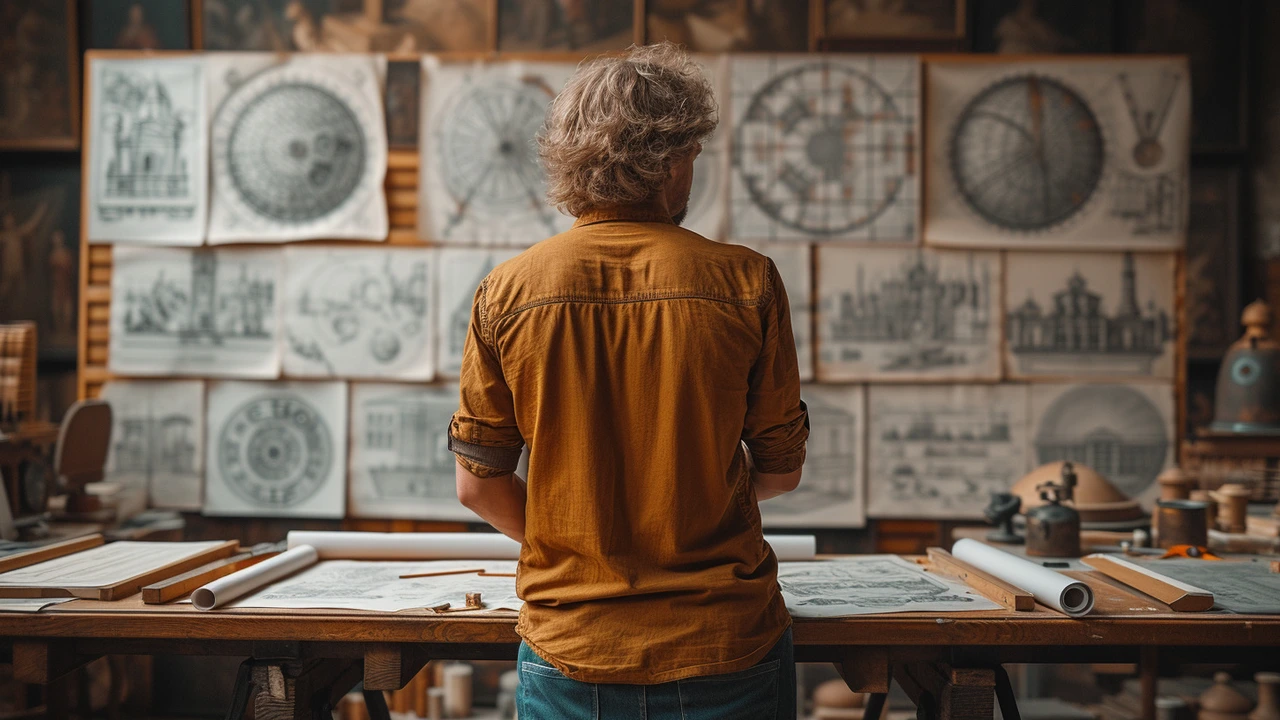This article delves into the profound influence of Renaissance architecture on contemporary design. It explores the key characteristics of Renaissance architecture, including its symmetry, proportion, and the use of classical elements, and how these features have been reinterpreted in modern design practices. The enduring appeal of Renaissance architecture is demonstrated through its principles that continue to inspire designers today, showcasing its relevance in creating aesthetic and functional living spaces. This piece is a journey through the past, emphasizing the timeless nature of Renaissance architecture and its lessons for modern creators.
Architectural Inspiration: Quick Guides & Practical Ideas
Want architecture that makes people look twice? This tag collects clear, useful guides on styles from ancient Rome to neo-futurism. Use it to spot features, gather ideas, and plan projects without jargon.
Each post here focuses on a style, its key features, and practical tips. You’ll find articles on Colonial, Greek Revival, Beaux-Arts, Bauhaus, High-Tech, Postmodern, and many more. We explain what to look for—columns, materials, proportions—so you can identify styles when you walk a street or flip through photos.
How to spot styles fast
Start with silhouettes and materials. Rounded domes, arches, and concrete vaults point to Roman or Renaissance roots. Symmetry and classical columns usually signal Greek Revival or Beaux-Arts. Bold geometric forms and minimal ornament often mean Bauhaus or International Style. High-Tech shows exposed structure and glass. Postmodern mixes references, so look for playful shapes, color, and historical quotes.
Pick one element to borrow. Want a modern interior with character? Add a classical column as a visual anchor or use Beaux-Arts moldings on a single wall. Small scale changes—moldings, light fixtures, window shapes—can shift a room’s feel without a full remodel.
When dealing with older buildings, match materials and proportions. Wood, brick, stone, and original window shapes matter more than paint color. If you must modernize, keep a clear rule: preserve main structural elements and update systems behind the walls.
Use our posts as short research steps. Start with the style overview, then read the feature guide and the renovation tips. Make a moodboard from images in the articles and try a small sketch or mockup before buying materials.
Small projects to try
Three quick experiments: 1) Replace one light fixture with a period-appropriate design. 2) Frame a window with a simple molding inspired by a style you like. 3) Paint a single door in a bold, era-specific color. Each test tells you if a full change will work.
Want a quick read? Try the Ancient Roman techniques piece for structural tricks or the Beaux-Arts city article to see how grand design shapes streets. Bookmark this tag, stroll your neighborhood, and use these posts to turn what you see into ideas that work.
Keep it simple: pick one element, test it, then expand. That’s how bold, lasting designs start.
Take photos with close-ups and context shots. Close-ups catch materials and joinery; context shots show rhythm and scale. Use a phone grid to keep verticals straight. Later, crop details for a material palette and note measurements—door heights, cornice projection, window proportions.
When matching materials, visit salvage yards and specialty suppliers. Old bricks and reclaimed wood often match patina better than new stock. For trims and moldings, look for mills that can re-create period profiles. If budget is tight, mix authentic elements with modern, low-cost materials that mimic form.
Mix styles with a rule: pick a dominant language and one supporting idea. For example, keep a Georgian exterior but add Bauhaus lighting inside. Repeat a motif—an arch or a color—across rooms to make the mix feel intentional.
Browse tag posts often and save what excites you. Try daily.

